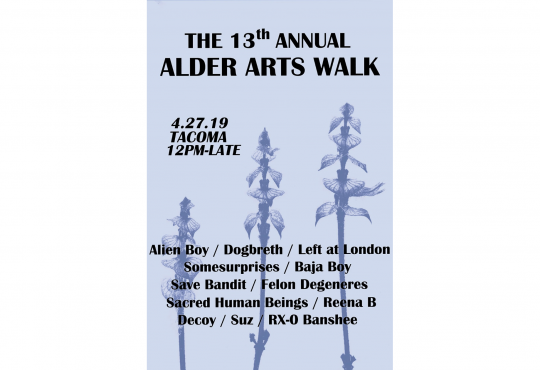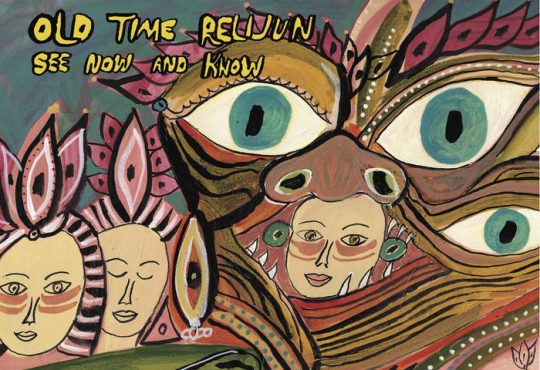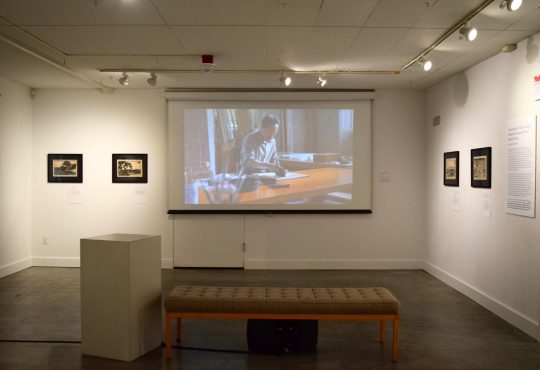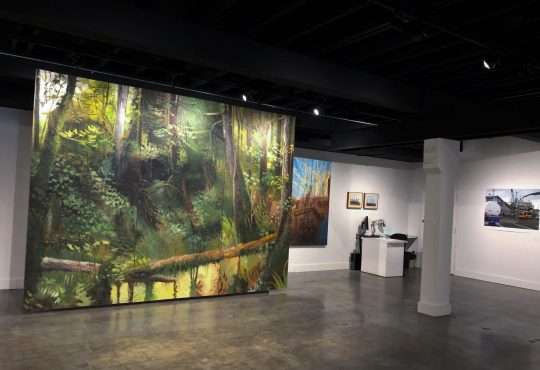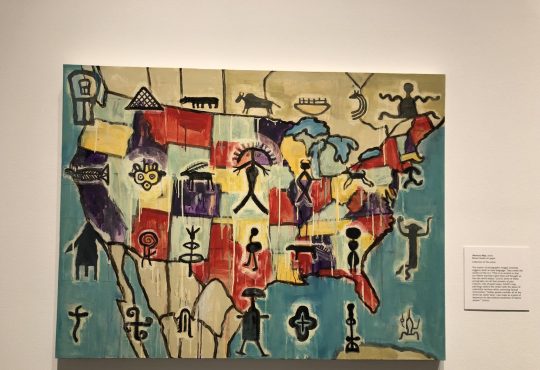
Two worlds collide in the exhibit “Terra et Sonus” in Kittredge Gallery. The exhibit features a combination of the talents of artist Joel Ong and Chad Gunderson, an assistant professor of art here at the University of Puget Sound.
The two artists were paired together by Kittredge Gallery manager Peter Stanley, who saw that they were both interested in a mix between science and art and believed that the two artists’ work would compliment each other.
“Everything you see here is a direct result of my sabbatical last spring,” Gunderson said, who spent four months in Miami during his sabbatical. It was during this time that Gunderson created and put together all of the works on display in Kittredge, both his ceramic creations and drawings.
“I drew influence from biology and geology,” Gunderson said about the inspiration for his works. His ceramic pieces reflect this influence. They have a porous exterior that is really brought out by Gunderson’s bright, clashing color palette. “It’s all about my continued exploration into things and objects that are natural and unnatural, kind of at the same time. There’s a kind of push and pull,” he said.
This push and pull is clear in Gunderson’s works. The texture of the surface of the pieces is reminiscent of a piece of coral or of a naturally occurring rock formation.
“You feel like you could go out and find this rock in the wild somewhere,” he said.
However, this clashes with the otherworldly feel caused by the vibrant, artificial colors he uses to paint the works.
“The drawings feel like bones or the inside of a petri dish,” Gunderson said of the drawings on display behind his ceramic creations. The drawings have the same porous exterior and pigmented colors that the ceramic pieces do and add to the natural but artificial feel of Gunderson’s half of the exhibit.
One thing that sticks out is that all of his works, both the drawings and the ceramic works, are untitled.
“I don’t like to title things because I want the viewer to come to these with no preconceptions on what it is,” Gunderson said. “I don’t want people to initially associate anything with them; I want them to bring their own ideas, experiences and viewpoints to the pieces.”
On the other hand, Ong’s works are titled. Ong’s works, like Gunderson’s, share a clear connection to science. However, Ong’s scientific approach is much different.
One of the most striking works you’ll see when you walk in is a pile of dirt in the center of the floor. To its left, on a pedestal, sits a smaller mound of dirt encased in a glass box. At the very beginning of the exhibit, this glass box was clear. Six days later, the box was fogged up and covered in droplets of water.
It is revealed by the description that this work, titled “Mound (for Hans Haacke),” carries bacteria that grow throughout the exhibit, giving the work a life of its own and directly incorporating an earthly, living element into the entire show.
An important aspect of the show is the music playing in the background. It ebbs and flows as the viewer walks around the exhibit, adding an earthly yet ethereal element to the show as a whole.

